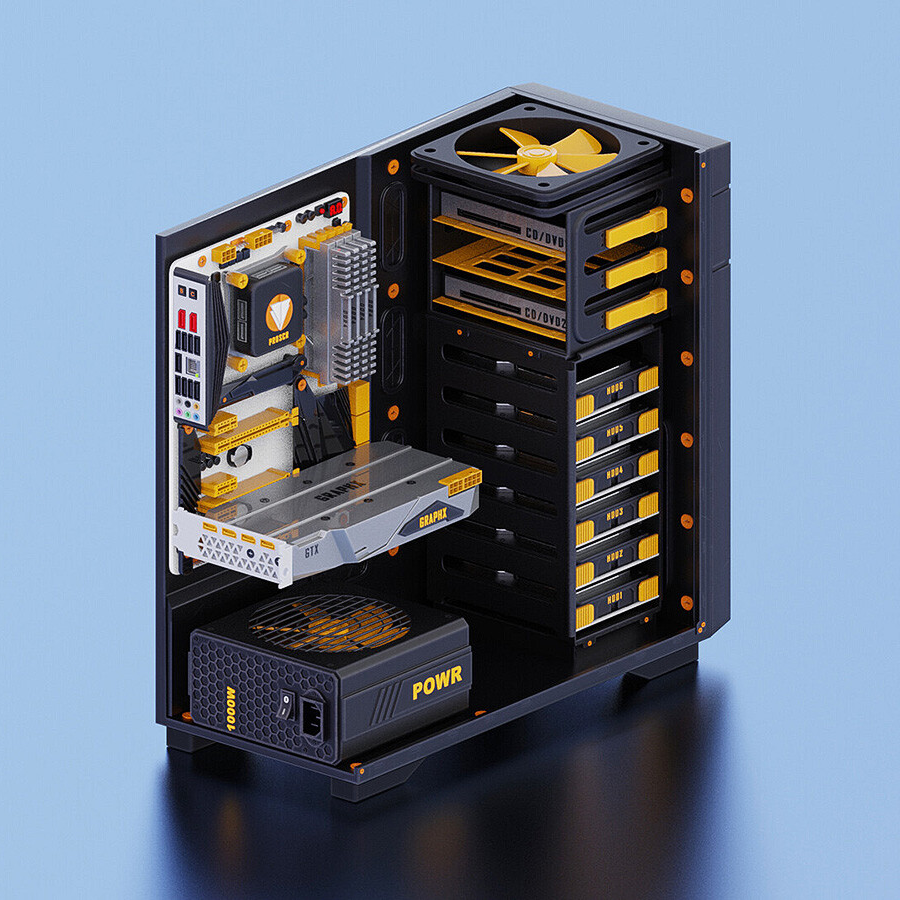It’s hard to tell sometimes. Especially when it’s such a sensitive issue where normies will parrot the same ignorant crap over and over again. I one went off on someone, not even considering it was in-jest, because is was so convincingly written.
The /s is important people. I know it slightly reduces the impact of the joke but some people believe that shit 110%.
















And I was worried that it was the Australian Governments Digital ID shit that would be what gets in my way. You know what reddit, just do it. It would be the kick I need to completely drop reddit.